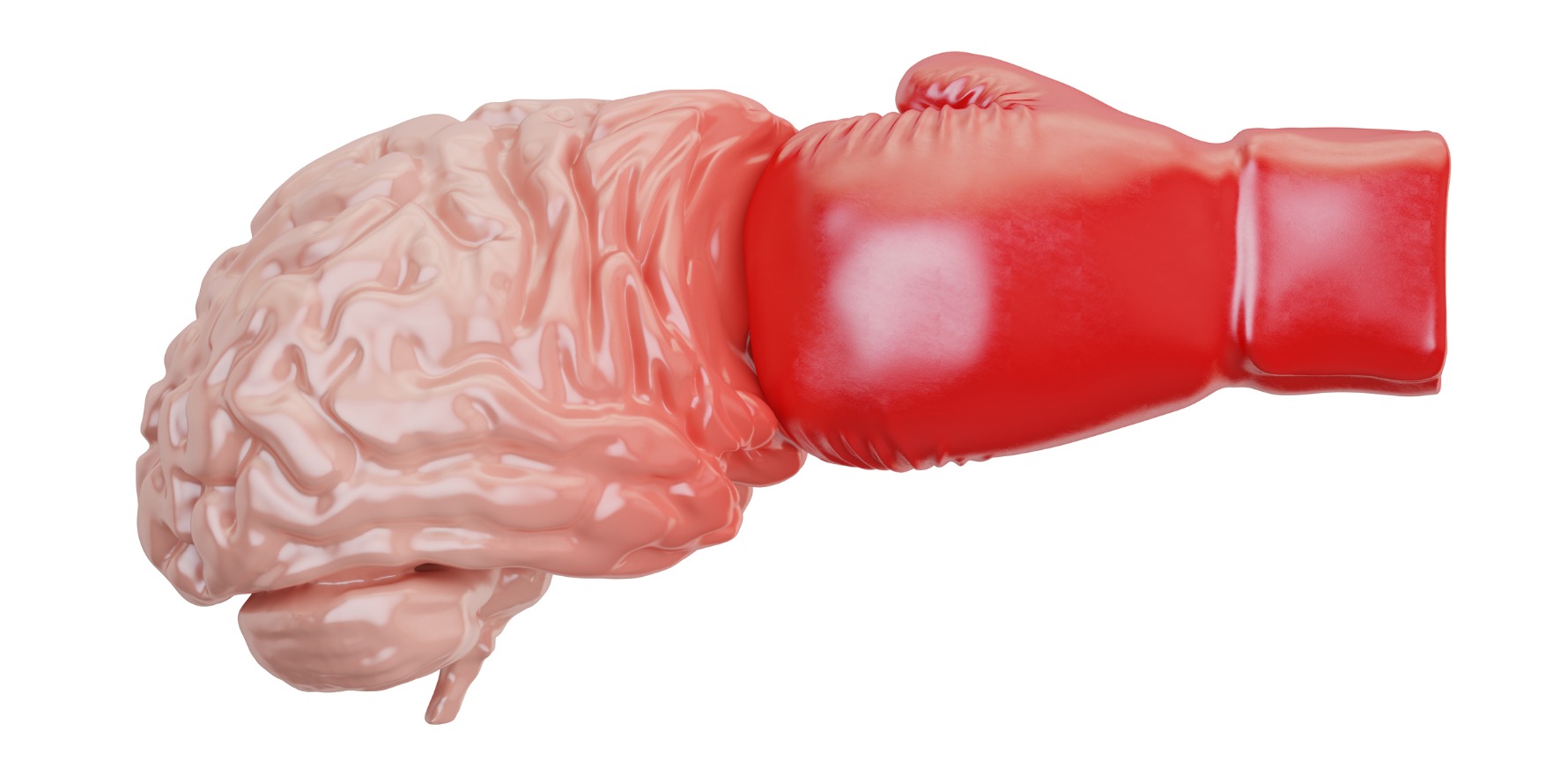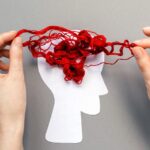Sports Medicine Australia still resists the evidence for a causal relationship between repeated head trauma and a rare dementia.
The peak Australian sports medicine body says it’s still evaluating the evidence for a causal link between repeated blows to the head and chronic traumatic encephalopathy (CTE), years after major US sporting codes and health agencies have accepted the relationship.
During the Senate Community Affairs Committee hearing into concussions and repeated head trauma in contact sports this week, Sports Medicine Australia CEO Jamie Crain admitted that the organisation was still about 12 months off releasing an update to its 2019 position statement on the matter.
SMA represents practitioners from various health science disciplines, including orthopaedic surgeons, doctors, physiotherapists, exercise physiologists, dieticians and chiropractors.
There are other member organisations representing health professionals in the sporting sector, like the Australasian College of Sport and Exercise Physicians (ACSEP) and Exercise & Sports Science Australia (ESSA), but SMA is the oldest and largest.
Its position statement, which was last updated in 2019 but is based on a 2017 consensus statement, only recognises a “tenuous” link between sport-related concussion and CTE, a rare form of dementia that can only be diagnosed posthumously.
Moreover, the lead author on the 2017 consensus statement was Dr Paul McCrory, who has since been accused of multiple counts of plagiarism.
CTE is known to mainly affect people who have suffered repeat traumatic brain injuries, and multiple US organisations, such as the CDC, National Institutes of Health formally recognise a causal link between the two.
The US National Football League is one of the only sporting codes to officially acknowledge the concussion-CTE connection. As long ago as 2014 it settled a class action lawsuit with a final compensation price tag of $US1 billion.
“Is ‘tenuous’ the word we’d use right now? Possibly not, but there’s still a lot more work to do,” Mr Crain told the Senate inquiry.
“It’s important that we go through that process of refreshing the research fully before we come to a formal conclusion on that.”
Both ACSEP and the AMA were co-signatories on SMA’s 2019 position statement.
No representatives from ESSA or ACSEP gave evidence at the senate hearing and no additional hearing dates have been announced.
Both organisations are expected to co-sign the upcoming, reviewed SMA position statement, which Mr Crain indicated would be out in early 2024.
Mr Crain also said that SMA has not “done a lot” over the last two years in terms of educating members about CTE specifically, although it has run about eight concussion-focused events.
Associate Professor Alan Pearce, a neurophysiologist and the research manager at the Australian Sports Brain Bank, said he was surprised that SMA was still relying on 2017 research to inform its position.
“In 2017, we didn’t have a brain bank, but by 2019 we had CTE cases in rugby league and rugby union,” he told The Medical Republic.
“Then in 2020, we announced the first case of CTE in an Australian rules football player.”
The 2020 posthumous diagnosis of CTE in AFL player Graham “Polly” Farmer was a particularly significant win for the brain bank, considering that AFL officials have long downplayed the risk of CTE by insisting that the sport was less physical than NFL.
“Since then, we’ve published the first cohort of 21 brains, where we showed CTE not only in elite or professional athletes, but also in club players,” Professor Pearce said.
For too long, Professor Pearce said, organisations like SMA and the AFL have leaned on an absence of evidence as constituting evidence of absence.
“I’ve been in this area of research for nearly 15 years now, and until the brain bank came along I was fighting, I thought, a losing battle,” he said.
“Because [those organisations] were easily able to say, ‘well, you’re showing pathophysiological changes, but that’s not CTE and you can’t prove that is CTE’.”
He said fears of damage to the reputation of sport were behind a lot of the pushback against the mounting evidence for a CTE-head trauma link.
“We’ve never been about stopping sport or being anti-sport, we just want to make sport safer,” he said. “But that does entail some changes … to reduce exposure.”
Family members of people who have died with CTE echoed Professor Pearce’s words, calling for sporting codes to improve concussion management and education.
“[Rugby Australia] never even came to visit Daniel in hospital,” said Sandy King, whose son died with CTE at 33, 10 years after having a stroke on field.
“Daniel was nothing [to them], and that really tore his heart out.
“Don’t stop any game where this can happen, not just rugby league, but make the people that are in charge – the coaches, the trainers, the doctors, the psychologists, the psychiatrists – aware of the repercussions for these people of concussion.”






